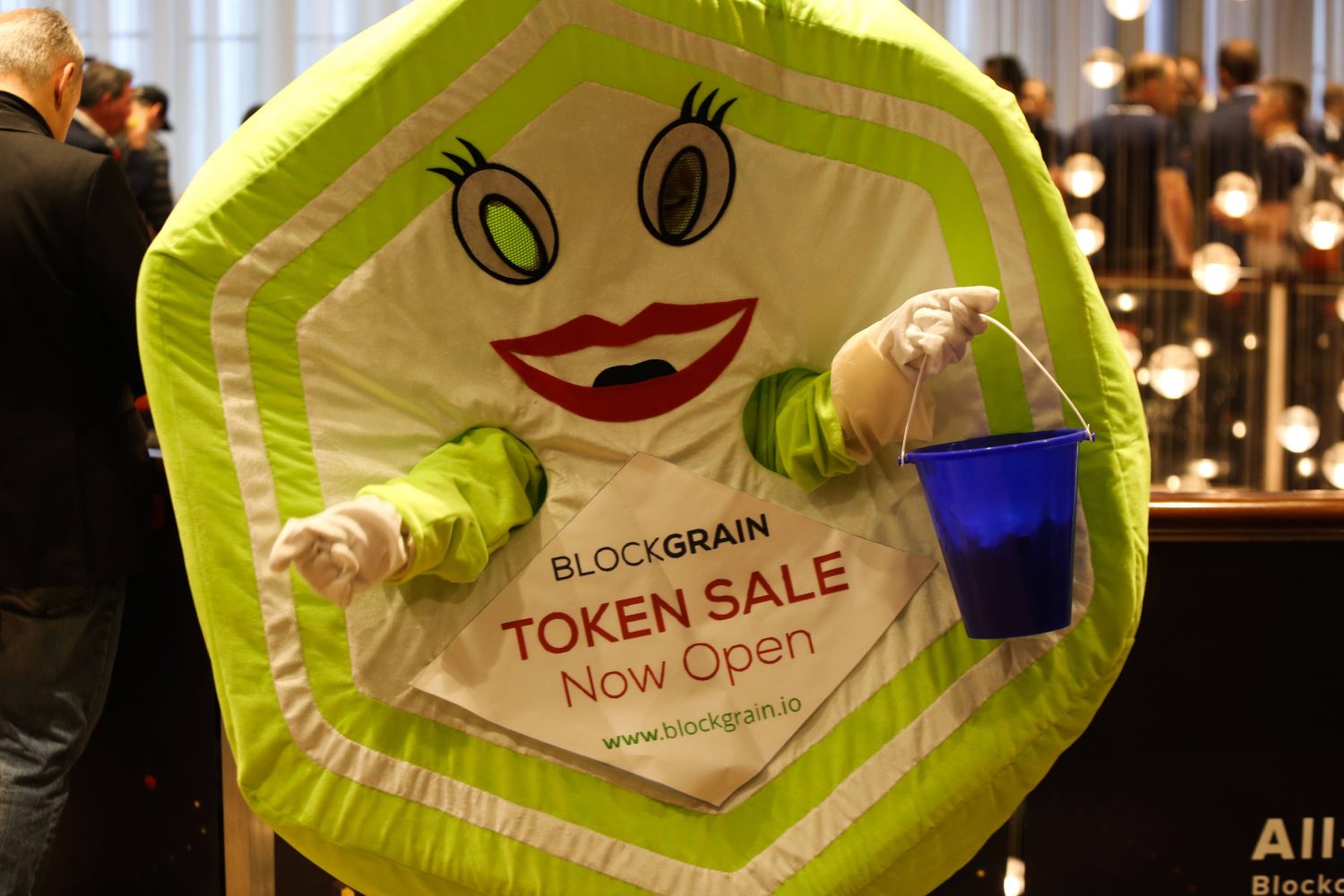Switzerland’s Tokenized Securities Law Ushers In New Chapter for Digital Assets
Regulated crypto banks SEBA and Sygnum each issued tokenized securities to mark the occasion.

Switzerland’s Tokenized Securities Law Ushers In New Chapter for Digital Assets
Switzerland now lets tokenized securities trade on a blockchain with the same legal standing as traditional assets. The new law went into effect Monday.
Swiss lawmakers decided not to create a completely new regime but adapted legislation to graft specific features of distributed ledger technology (DLT) onto the existing legal framework. The DLT amendments recognize tokenized securities as a new class of asset, whose legal ownership rights are automatically transferred via the blockchain to each new investor.
“Previously, you had uncertificated rights there that had to be assigned, and a lot of smart people were looking at how that could be done on-chain,” said Alexander Vogel, a partner at Swiss law firm Meyerlustenberger Lachenal (MLL). “With these new registered rights, it’s clear that you have legal certainty. If they are properly transferred on a blockchain, the new owner who holds them in his or her wallet is definitely the owner of these rights.”
The law change further cements Switzerland as one of the most advanced jurisdictions in the world for crypto (only Singapore is at a similar level). That said, it’s not going to be a free for all: obtaining the necessary license from Swiss regulators takes time and effort.
Switzerland’s two regulated crypto banks, Sygnum and SEBA, chose to mark the occasion by issuing tokenized securities. Announced today, Sygnum tokenized a range of premium investible wines from Fine Wine Capital AG.
Meanwhile, SEBA is issuing its Series B equity shares as Ethereum ERC-20 tokens. The move will allow for “seamless connectivity for trading and liquidity on future internationally recognised digital liquidity venues,” the firm said in a press statement.
Speaking about the new legal wrapper for tokenized assets, Matthew Alexander, head of digital corporate finance and asset tokenization at SEBA Bank, said:
“It’s a genuine blockchain-based digital twin of a traditional security. Switzerland’s strategy is to provide a bridge into this new digital economy and the transition from traditional fiat ways of banking and security assurance.”

SDX skates on
Alexander said any issuer in Switzerland could take advantage of the new laws. That includes Swiss banking major UBS, for example, which issues its primary securities on SIX, the country’s national stock exchange.
Presumably, the DLT law will fuel the fire under the SIX digital exchange, SDX, to get its services up and running and ready to cater to this emerging market.
“So SDX, the digital twin of the Swiss stock exchange, is still under construction and has been for a long time,” said SEBA’s Alexander. “But it will then host these digital twins and that whole transition is coming.”
Still, SDX could be missing a trick if it doesn’t get its skates on. Both Sygnum and SEBA have ties to Singapore and will operate as market makers on DBS Bank’s new digital exchange, which is now up and running.
MLL’s Vogel agreed Switzerland’s new DLT legal underpinnings would look attractive in Singapore too.
“It will definitely give more legal certainty,” Vogel said. “So even though it’s traded in a foreign jurisdiction, you would still look at the underlying right for investors to have the confidence to invest in that asset.”









